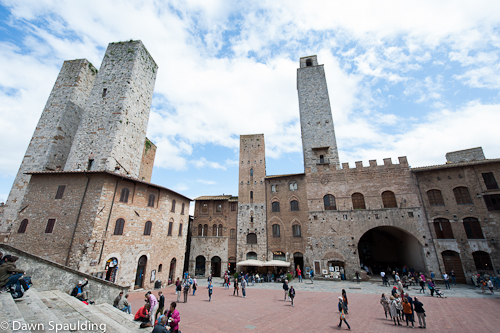
Piazza del Duomo
I knew San Gimignano, a walled town in the province of Siena, was best known for its skyline medieval skyscrapers, but I was still surprised to see them in this otherwise pastoral area.
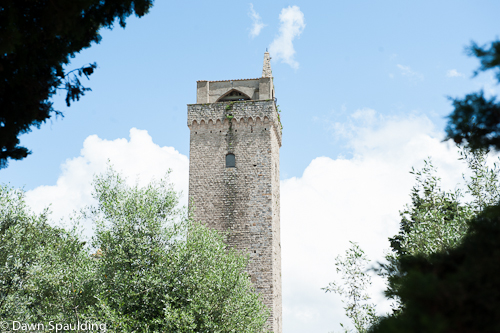
Tower
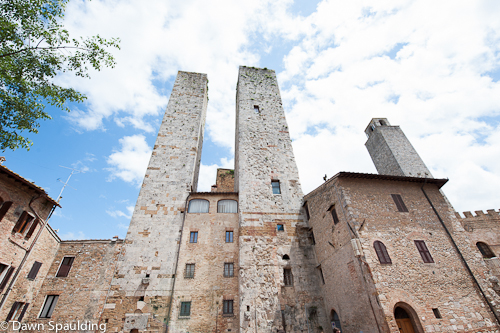
Medieval skyscrapers
Of 72 original towers, 14 have survived. Most of the towers were built in the 12th and 13th centuries and were symbols of the city’s medieval families’ power and wealth.
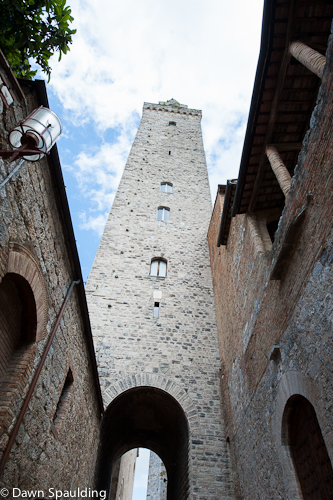
Looking up
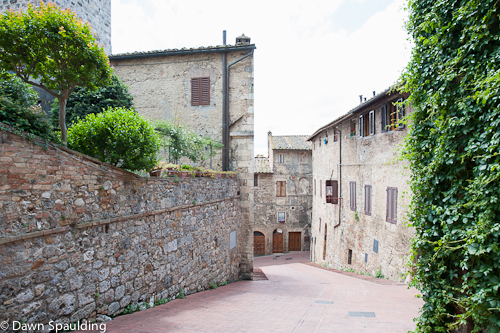
A quiet street
At that time, the population was 15,000, or roughly double what it is today. In 1348, plague wiped out most of the population.
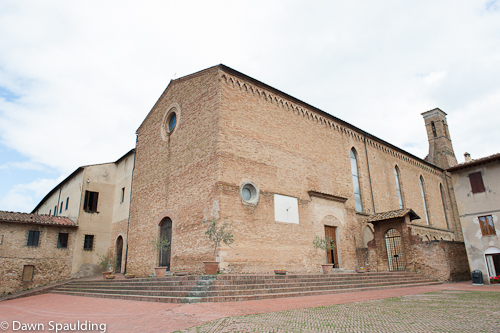
13th-century Chiesa di Sant’Agostino
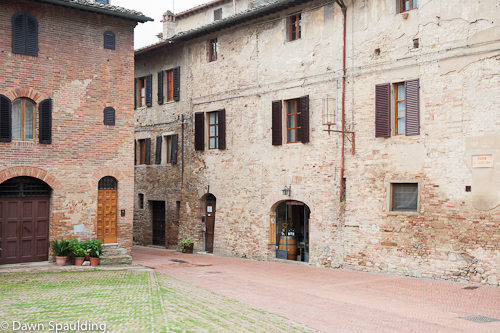
Typical stone buildings
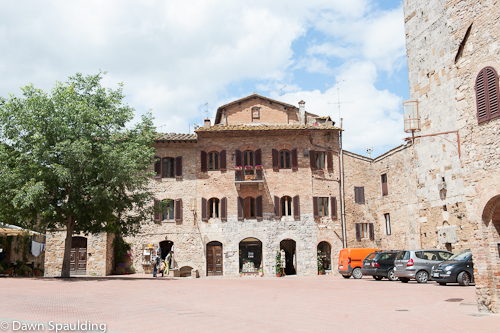
Sunny square
San Gimignano started out as an Etruscan village in 3rd century BC. In the 5th century AD, the town was named after the bishop of Modena, Geminianus, who saved the city from Attila the Hun. A church was constructed and a walled city began growing up around it.
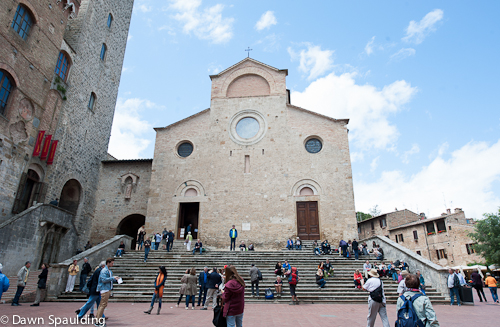
The Romanesque basilica’s interior is a must-see, covered with bold 14th-century frescoes.
In the Middle Ages, San Gimignano prospered from its ideal position on the route from Lombardy to Rome. The city grew rich from agriculture and wine trading.
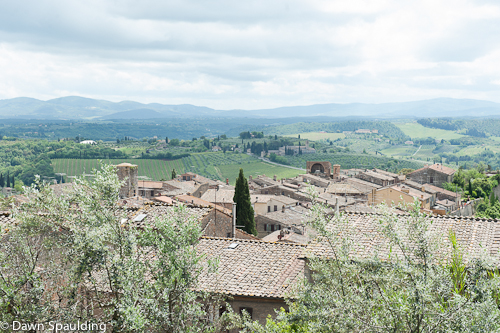
Lookout point
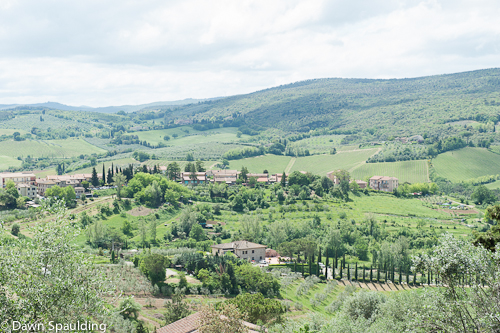
Tuscan countryside
The surrounding area is best known for its saffron.
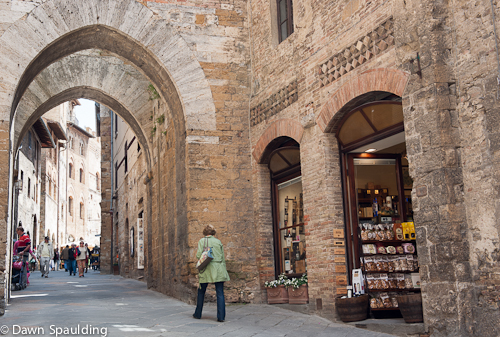
The main street
Today, San Gimignano is an appealing town in which to spend a day. There are plenty of streets to wander and endless architectural details to take in.

No comments yet.